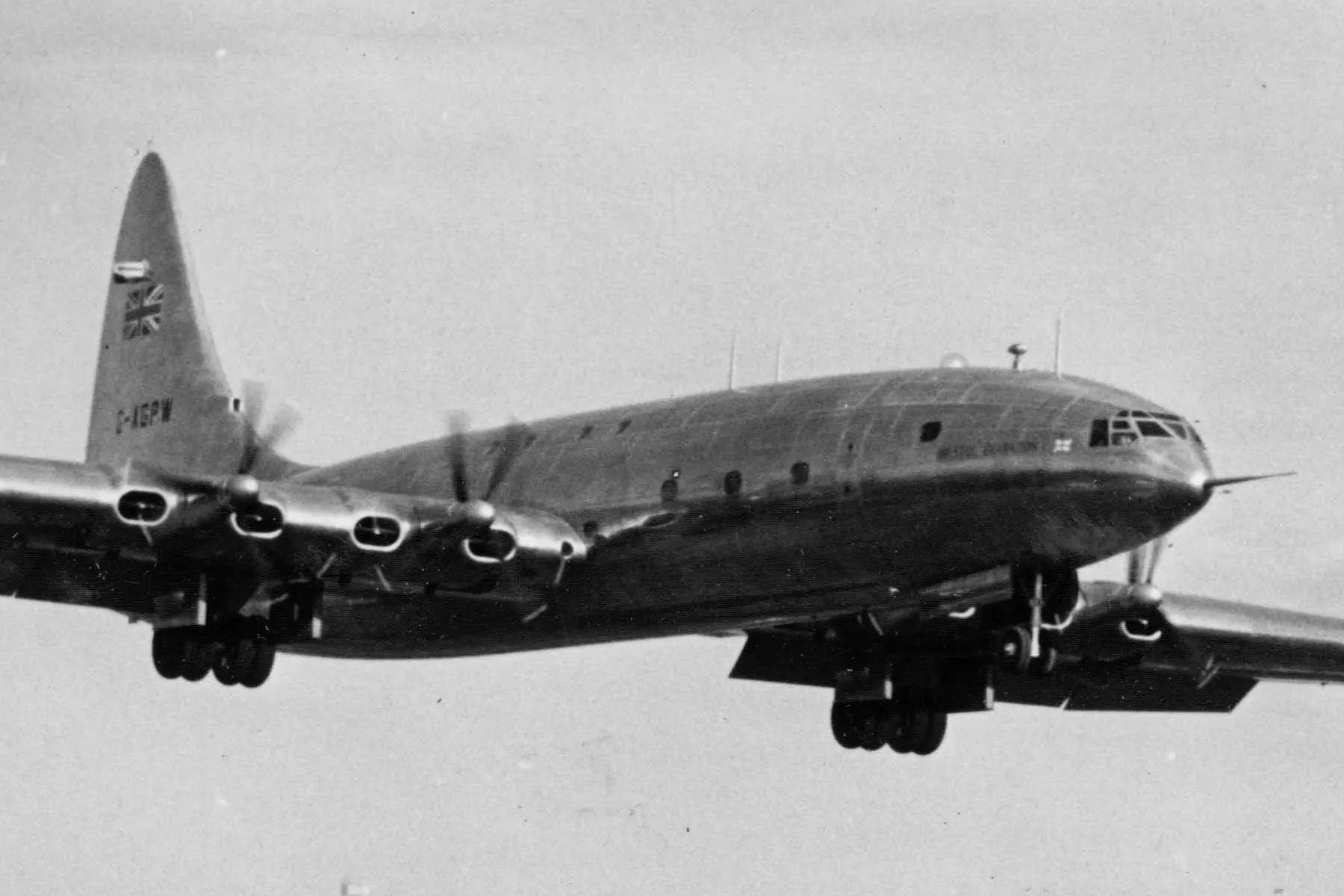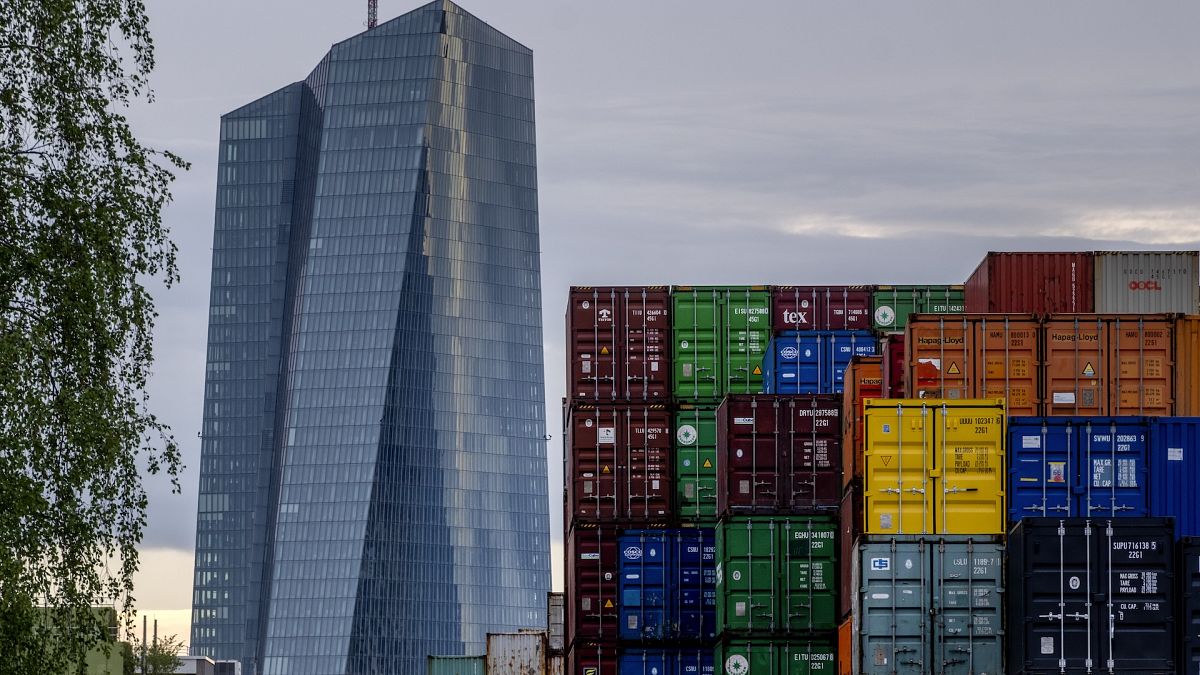In the aftermath of the Second World War, the was assigned to manage Britain's post-war commercial aircraft production. Starting behind American manufacturers, which had gained an early start with long-range military transports, UK plane makers were stuck with a handful of short-range bombers. Thus, the Brabazon committee had ambitious targets, including designing the de Havilland Comet, the world's first jet-powered airliner.
However, the Bristol Brabazon might have been the most arduous project, falling short of the nation's high expectations. The Bristol Brabazon was designed to be the most luxurious aircraft ever to take to the skies and would become the peak of luxury for intercontinental travel. With a wingspan greater than a Boeing 747 and private sleeping cabins for passengers, the Brabazon was unlike anything the world had ever seen.

Ultimately, only one airframe was completed, and the program never garnered a single order. In this article, we will examine the fascinating story behind the Bristol Brabazon. When building new aircraft, the Brabazon Committee had determined that passengers would choose air travel over ocean liners if the passenger experience became significantly more present.
Thus, the British embarked on this task: to build an ocean liner that could take to the skies. The detailed history of a rare commercial plane, cargo aircraft, and military transporter. With 52 individual sleeping compartments, dining facilities, and a cocktail bar, it cannot be argued that those onboard the Brabazon would not be crossing the oceans in style.
claimed that the aircraft could even be configured to have an onboard cinema. With eight Bristol Centaurus 18-cylinder radial piston engines driving contra-rotating propellers, the aircraft could cruise at 250 miles per hour, easily beating out any ocean liner. When the aircraft first flew on September 4th, 1949, it awed crowds across the globe with its massive size.
reports that the Bristol’s chief test pilot was asked about the handling of the aircraft. He responded, “We just fly the cockpit and the rest of it trails along behind.” According to the Minister of Civil Aviation at the time, Lord Nathan, "One of the high adventures of British civil aviation.
.. it will cross the Atlantic at 350mph, seven miles above the sea.
.. the Brabazon should be well ahead of its rivals, and we look ahead to it with great expectations as a new Queen Elizabeth of the air.
" Numerous errors influenced the Bristol Brabazon's design philosophy, and the aircraft was simply not prepared to compete in the 1950s. When the Brabazon first took off, the Comet jet aircraft also took to the skies, promising speeds of over 500 miles per hour. Learn about the predecessor to the Red Arrows' BAE Systems Hawk.
Given the choice between a lengthy ocean crossing or a jet-powered flight that was nearly twice as fast, there is no question about what consumers would choose. The Brabazon was built for the age of ocean liners at the beginning of the jet age. According to R.
G. Grant's 2002 , the Brabazon's only completed prototype was scrapped in 1953, having flown for less than 400 hours. Even BOAC, which would later become British Airways, was never interested in the massive airliner despite being involved in the design process.
According to BAE Systems, "One lasting legacy of the huge dimensions is the 71⁄2 acre Brabazon Assembly Hall, still in use at Filton and 1,052 ft long, 410 ft maximum width, and 117 ft high! Work on strengthening and extending the runway to a length of 2,750 yards to meet the needs of the mighty Bristol 167 Brabazon began in March 1946." The Brabazon impressed European audiences with its size and impressive amenities, but it never made sense for a profit-seeking company. Eventually, the aircraft went down in history as a triumph of engineering but an economic oversight on the part of the Brabazon committee.
Today, the aircraft remains the largest ever manufactured in the United Kingdom. Production of the type lasted just eight years due to the advent of the jet age..



















